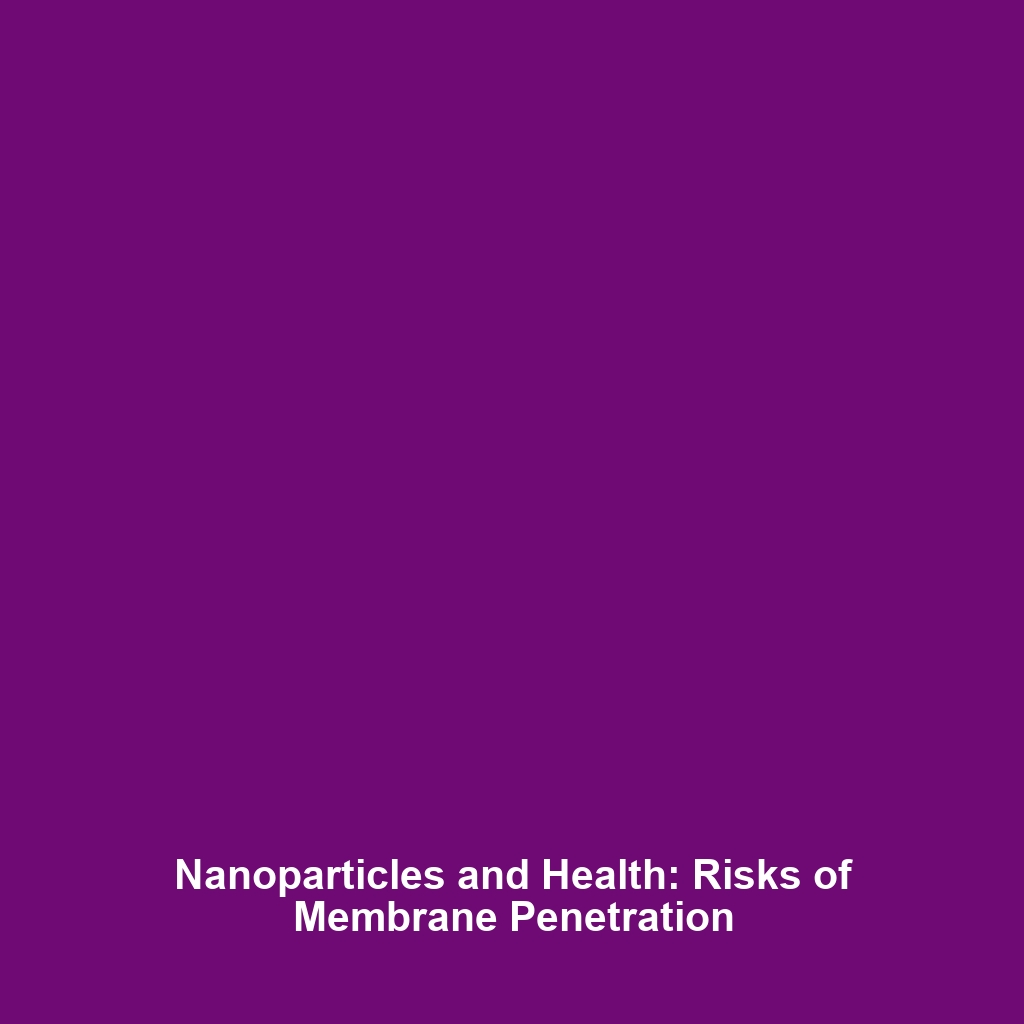History of Cryonics: Robert Ettinger’s Legacy
Category: Cryonics & Life Extension
Introduction
The concept of cryonics, the preservation of human bodies at ultra-low temperatures, gained significant traction in the 1960s, largely due to Robert Ettinger’s groundbreaking book The Prospect of Immortality. This pioneering work brought to light the possibilities of life extension and sparked a movement that continues to influence scientific discourse today. As advancements in cryogenic technology evolve, the intersection of cryonics and life extension remains a focal point for both researchers and enthusiasts, raising profound questions about mortality, identity, and the future of human existence.
Key Concepts of Cryonics
Cryonics is founded on several core principles that intertwine scientific, philosophical, and ethical considerations:
- Vitrification: The process of cooling and preserving biological tissues without forming ice crystals that can damage cells.
- Metabolic Arrest: The halting of metabolic processes to prevent decay and cellular damage after clinical death.
- Life Extension Potential: The belief that future medical advancements may allow for revival and treatment of conditions that are currently fatal.
The introduction of these concepts in Ettinger’s work marked the beginning of serious consideration of cryonics as a viable method for extending human life.
Applications and Real-World Uses
While the idea of cryonics may seem speculative, there are practical applications being explored:
- Cryopreservation: Currently used in biomedical fields for the preservation of cells, tissues, and organs for transplantation.
- Research in Aging: Utilizing cryonics methodologies to study cellular aging and potential interventions.
- Animal Preservation: Experiments where smaller animals have been preserved and revived, providing insights into future human applications.
These uses illustrate how principles derived from Ettinger’s book extend beyond theoretical confines and into tangible scientific inquiries.
Current Challenges
Despite its intriguing potential, there are significant challenges associated with the study and practice of cryonics:
- Technical Limitations: Current cryopreservation methods can lead to cellular damage and lack of success in revival.
- Legal and Ethical Issues: The definition of death and the legal status of cryopreserved individuals raise ethical dilemmas.
- Financial Constraints: The high costs of cryonics procedures remain a barrier for many potential participants.
Future Research and Innovations
Ongoing research in cryonics focuses on overcoming existing challenges and improving methods:
- Advanced Vitrification Agents: Development of new cryoprotective solutions that minimize ice crystal formation.
- Nanotechnology: Exploring molecular repair at the nanoscale, which has the potential to revolutionize revival methodologies.
- Collaborative Research: Partnerships between cryonics organizations and academic institutions aim to further study human preservation.
These innovations could redefine the boundaries of life extension and the feasibility of cryonics.
Conclusion
The exploration of cryonics, significantly enhanced by Robert Ettinger’s The Prospect of Immortality, represents a unique intersection of hope, science, and philosophy in the context of life extension. As the field of cryonics grows, it poses not only opportunities but also profound questions about the future of humanity. For those interested in the nuances of cryonics, exploring further into contemporary practices and advancements is highly encouraged. To learn more, consider reading our articles on [Cryopreservation Techniques](#) and [Life Extension Research](#).









